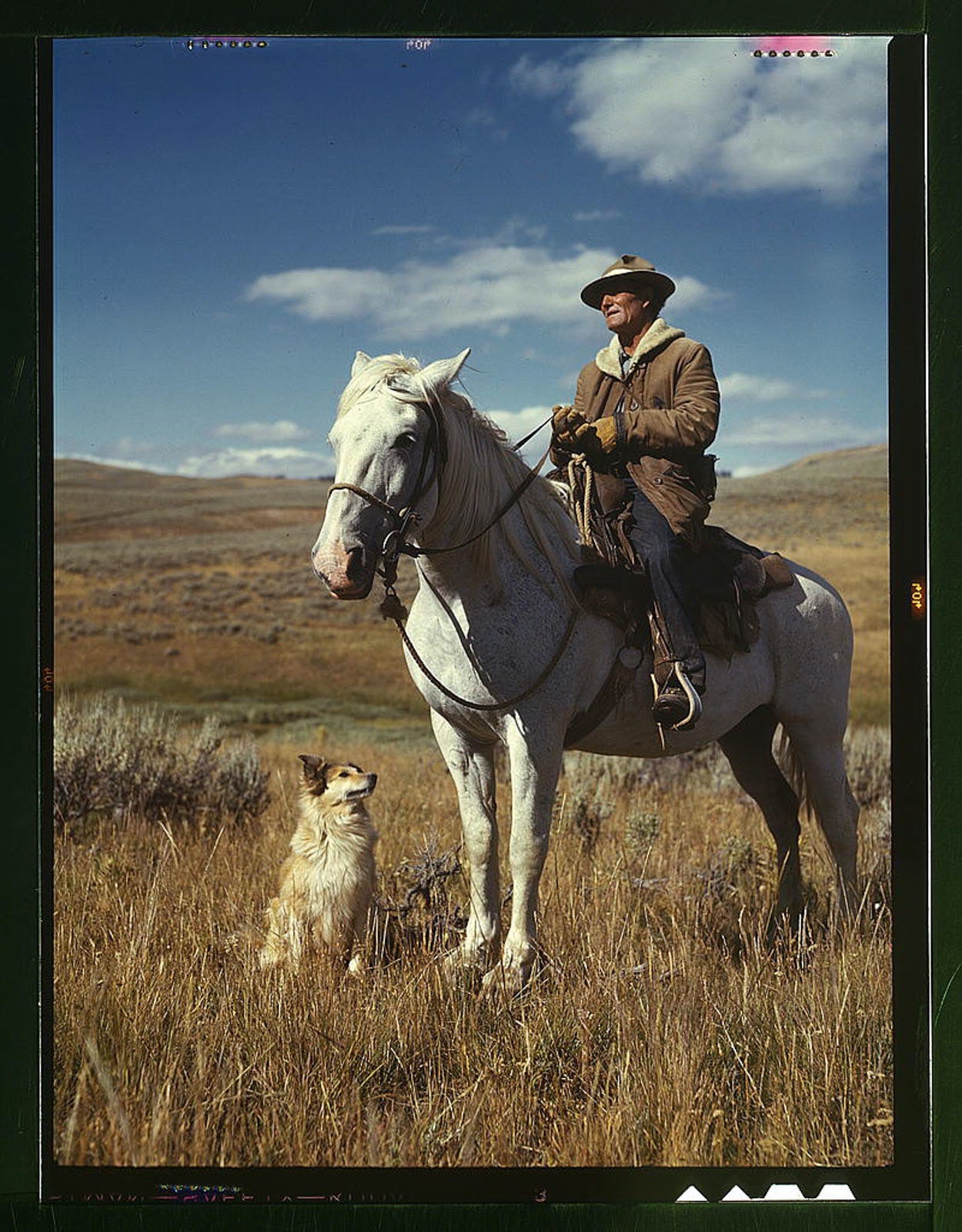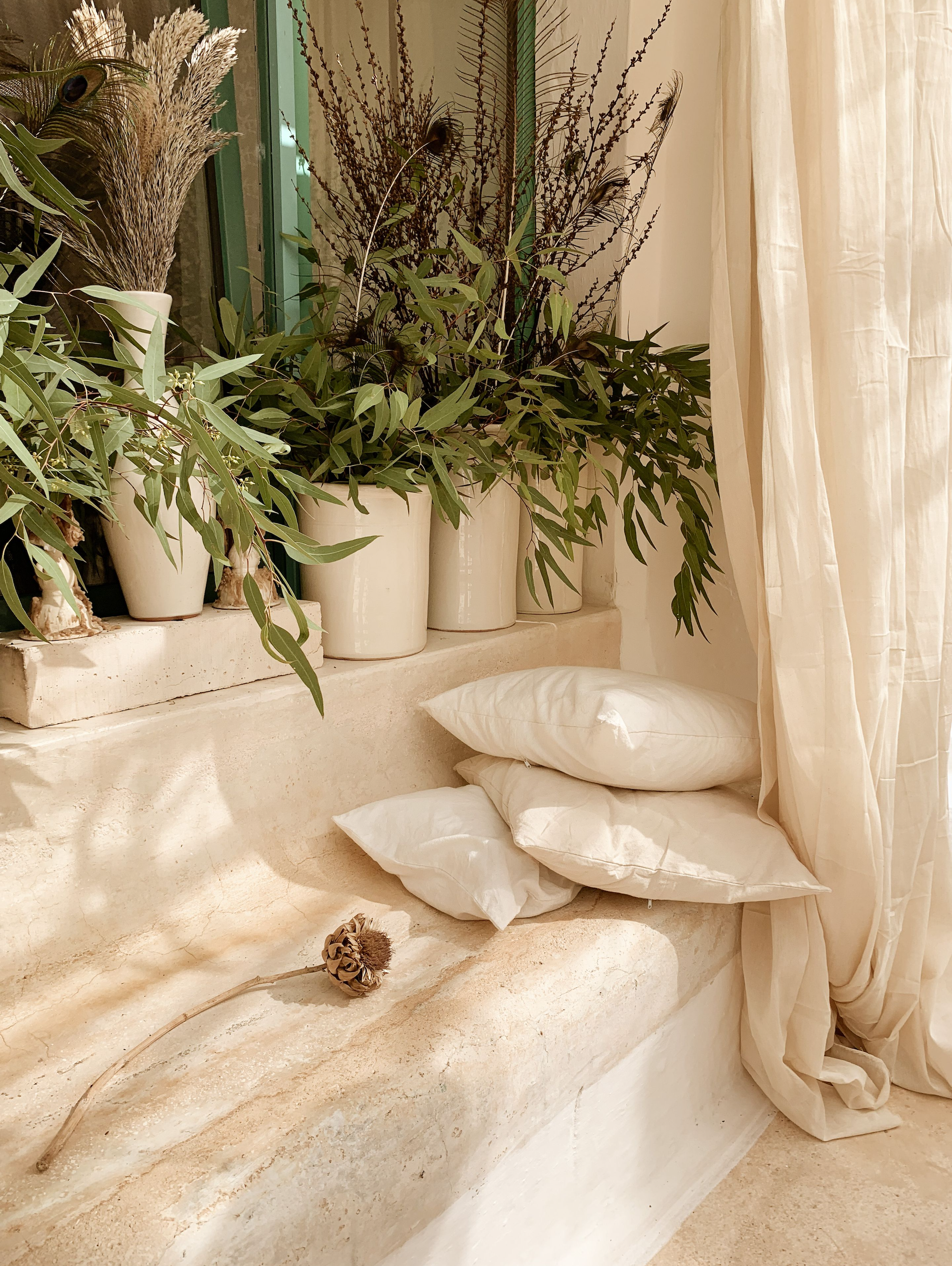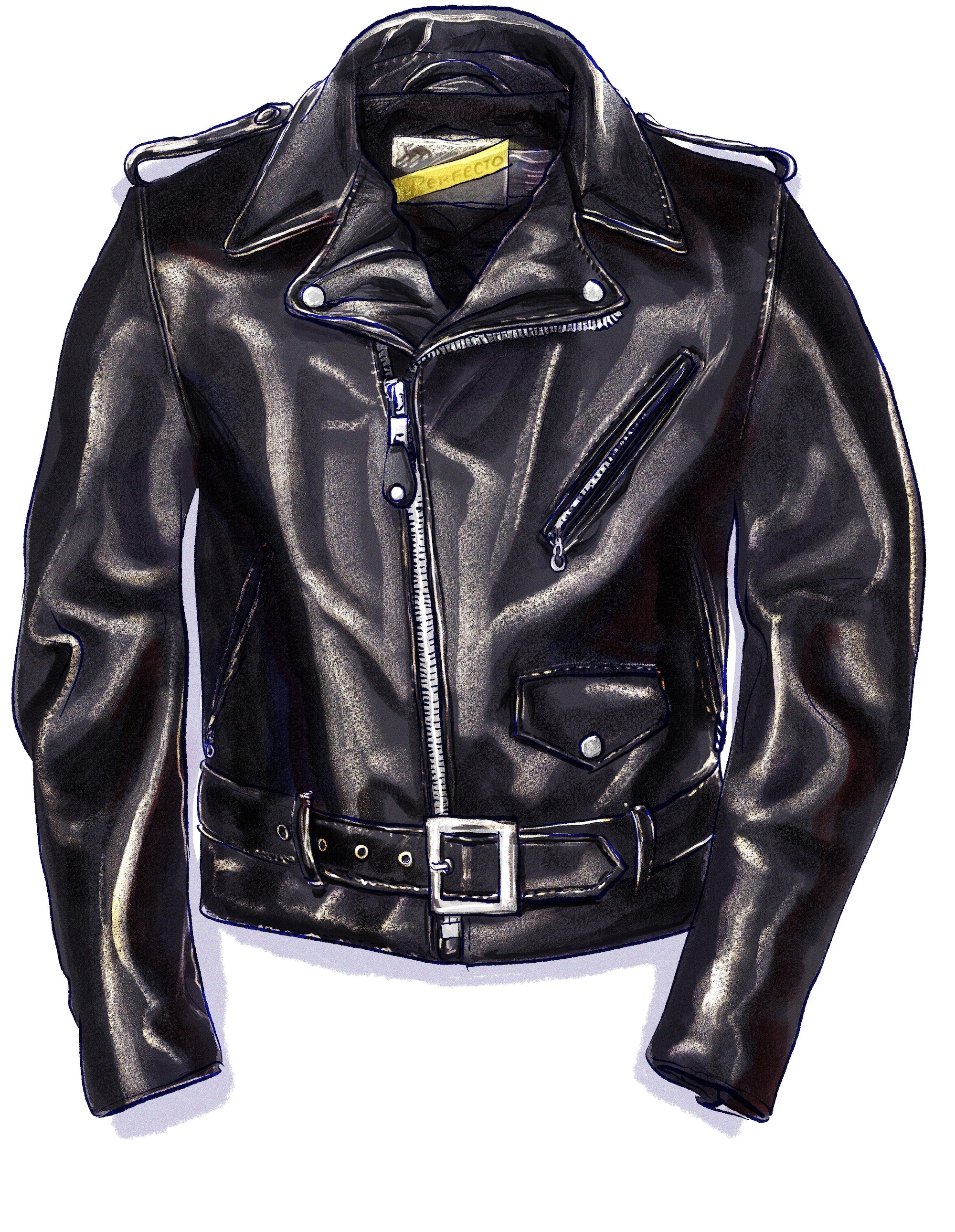
Meet The Pioneers Behind The Rebel's Wardrobe
"Our hope is that fashion consumers get tired of the perpetual newness and exploitative cheapness of the fast fashion cycle and start exploring the world of well-made goods that we introduce at the end of this book." - Bryan Szabo.
Immersing readers in the world of heritage menswear, The Rebel's Wardrobe explores the often-surprising origins of everyday wardrobe staples, looking at why and how they became timeless classics. From everyday heroes like the white T-shirt and the five-pocket jean to military-engineered leather jackets and chinos, The Rebel’s Wardrobe uses history and style to look at more than a century of pop culture and subcultures, drawing links between everybody from restless teens and activists to age-defining stars of the screen and stage. We spoke with the authors of the book, two of the internet's premier denim and heritage menswear experts, Bryan Szabo and Thomas Stege Bojer. They talked about how the book came to look and sound like it does, and they shared their thoughts on both the history and the future of iconic and rebellious menswear. Read on to discover more.

(Photo: Courtesy of PictureLux / The Hollywood Archive / Alamy Stock Photo, The Rebel's Wardrobe)
Hi Bryan (B) and Thomas (T), could you introduce yourselves to those who may not know you, and share a little bit about how you entered the space of men’s fashion - more specifically, the world of denim?
B: I’ve had an interest in clothing since I was quite young. Long before I could afford to splurge on well-made menswear, I frequented menswear shops in my hometown. I’d try things on and talk to the reps about some of the finer points of style, and I’d try to recreate some of that style by thrifting and vintage hunting, but nothing ever fit right (as a tall and slender man, I have proportions ill suited to off-the-rack clothing). It wasn’t until I was closing in on thirty that I learned to appreciate rugged and rebellious menswear. When I did, it was like a trumpet blast from the heavens. I joined (and later founded) a community devoted to denim and its surrounding styles. The members of the community were an incredible educational resource, but I wanted to know more, so I started reading everything I could get my hands on. Though there are a number of great books on the topic, I could never really find the book I really wanted to read–one about the history of rugged and rebellious menswear–so I wrote it.
T: I always felt a bit like an outsider in the small town I grew up in. All the other kids were into sports and motors. Me, I just wanted to work with denim. I got my first job selling jeans in 2008 and it was around that time that I began my own denim education; I wanted to learn everything I could about raw denim–and especially why and how it fades. I founded Denimhunters in 2011 and quickly built a wide-ranging network in the denim industry. This catapulted my career as a marketing consultant. Today, I’m living my childhood dream. I help companies tell stories that “excite, engage, and convert,” as I like to put it.
What is it about the history of denim that fascinates you the most?
B: Like so many of the garments that we talk about in the book, jeans have crossed over from a purely utilitarian sphere into the realm of the fashionable. When denim crossed over, it brought with it some of its rugged roots. It connected those who wore it with the hard-working men and women who had worn denim because it was tough as nails and didn’t look half bad when covered in dirt or engine grease. I’m fascinated by that moment when denim first became cool thanks to its adoption by young rebels and by every moment since when denim and subcultures collide.
T: Denim has a story like no other fabric. It evolves with you as you wear it, creating your story too. It’s also comfortable, durable, relatively inexpensive, and you can wear it with more or less anything, on almost any occasion. For me, as for most denimheads, the fades draw me in deeper and deeper. The wear marks that happen with natural wear and tear continue to fascinate me. I still catch myself checking out the jeans I’m wearing, admiring the faded areas.
Tell us more about Denimhunters. What is it, and how did it come to be?
T: Denimhunters was launched in 2011 as one of the first denim blogs. At the time, there were a lot of opinions out there, but no truly reliable source for denim knowledge and guidance. I helped those new to the scene connect the dots, and Denimhunters has since become a trusted source of denim knowledge and buying guidance for shoppers from around the world. Our focus is rugged and rebellious menswear; our readers are selvedge enthusiasts, but we’ve recently started encouraging them to explore the wider world of rugged menswear. We help denimheads avoid some of the prats and pitfalls of the denim experience, and we consult for rugged and heritage menswear brands and retailers.
The Rebel's Wardrobe explores the surprising origins of our everyday staple items and how they became timeless classics. What item of clothing has the most unique story in your opinion, and why?
B: I fell down a few rabbit holes when writing this book. The shearling bombers were a big one, and so were the fisherman’s sweaters, but my favourite has got to be the competition sweater. I fell headlong into the world of board track racing, an early form of motorcycle racing that was as fast as it was dangerous. With speeds nearing 100mph and tracks with steeply banked corners made of rough boards, the sport drew steely-nerved daredevils, and Harley Davidson and Indian Motorcycles (then still in their infancy), gave the riders branded sweaters to help spectators tell the racers apart. Crashes were frequent, and the wool sweaters didn’t provide much protection, but god did they look great. Many of the top riders didn’t make it out of the sport alive, but the competition sweater lives on.
T: It’s probably no big surprise to anyone that the story of jeans is my favourite. It’s one I knew very well already, though, and maybe it’s not the most unique story of the garments we’ve featured in the book. There were a few items that Bryan and I hadn’t expected to include, but were truly surprised to learn the story behind. Take the beret for instance. It’s an item I’ll probably never wear myself. I actually own one (an heirloom passed down from my grandfather, who always wore it). I’m looking at it through new eyes now. It’s got a truly rebellious and quite surprising story. I also really like the stories of the henley, the watchcap, and the trench coat, which is another item I own and have inherited—from my wife’s grandfather—but will probably never wear. The book hasn’t changed my style, but it’s definitely changed the way I think about a number of iconic pieces.
What do you see for the future of rebel style and menswear?
B: We’re still in the midst of a heritage menswear revival, and this has collided head on with a broad interest in wider and more comfortable fits, so selvedge denim (particularly vintage styles) may be on the cusp of another big moment like it had in the early aughts. This might cause a chain reaction. For so many of those who discover well-made denim, the jeans and jackets open a door onto a whole world of rugged and rebellious garments that are made today by deeply passionate artisans who source their materials carefully and pay their craftsmen a living wage. Thomas and I are on a mission to open that door for as many people as possible. Our hope is that fashion consumers get tired of the perpetual newness and exploitative cheapness of the fast fashion cycle and start exploring the world of well-made goods that we introduce at the end of this book. The clothes have a rebellious edge to them, and, in every sense of the word, they are made to outlast trends. Rather than becoming dated or tired at the end of each season, the clothes just keep getting better with age. If more people discover this, the ripple effect through the fashion industry could be transformative.
What was it like, creating The Rebel's Wardrobe in collaboration with gestalten?
T: In one word that I probably overuse, awesome. But in the true sense of the word. It was great and, at times, a bit overwhelming. From the time we started talking to Robert Klanten and the team about our idea for the book to when Bryan actually started writing, we’d spent around six months. We’d expected it to be half that. The publication date and our deadlines hadn’t changed, so we were on a schedule as tight as a snare drum. We had under three months to write the entire book. This meant Bryan had to write a chapter per day. For nine weeks straight. And he did it. We got a lot of help from the editorial staff, especially Traci, the editorial manager, and even from Robert himself. Gestalten also took care of most of the legwork around image sourcing. In the end, this made a massive difference as the book features amazing illustrations and images that draw the curious reader further and further into the book.
What do you hope readers will take away from The Rebel's Wardrobe?
B: More than anything, I hope they enjoy the experience of reading the book. The history of casual menswear is stitched through with incredible icons and historic moments (with the clothes often playing supporting roles). Even if this book doesn’t change the way the reader dresses or even how they think about clothes, I hope that they will find these stories as intensely fascinating as I have. I’ve tried to stay away from the kinds of details that are only interesting to niche enthusiasts or students of fashion. If I’ve succeeded, and I hope I have, our readers will close the book with a deeper understanding of the rebellious roots of the clothes that hang in their closets–of the stylish rebels who wore them well and of the historic moments that produced them.

(Photo: Courtesy of ScreenProd / Photononstop / Alamy Stock Photo, The Rebel's Wardrobe)
Explore more from The Rebel's Wardrobe, an entertaining exploration of trend-immune fashion classics, and the surprising origins of your everyday clothing items by picking up a copy today.


